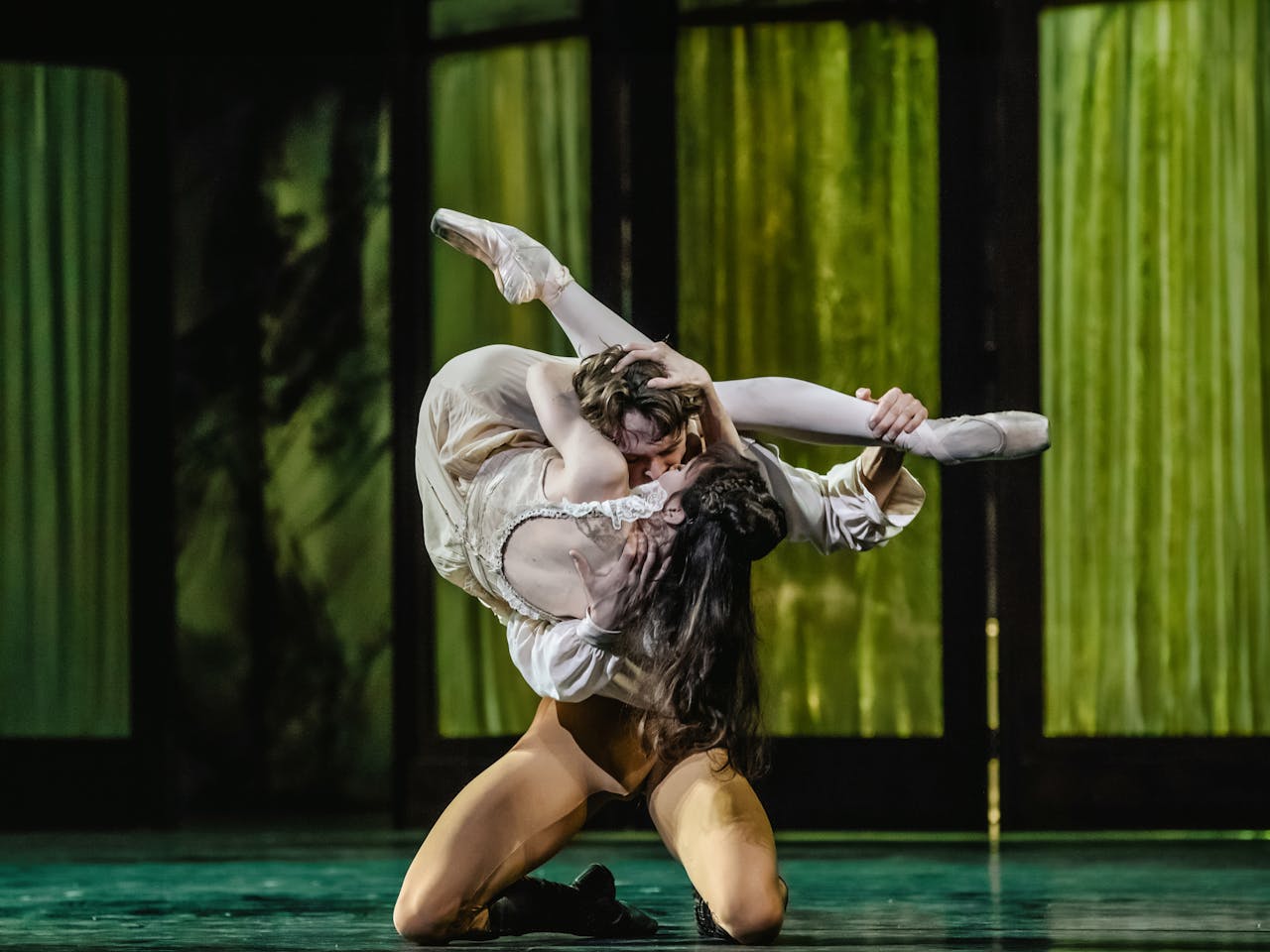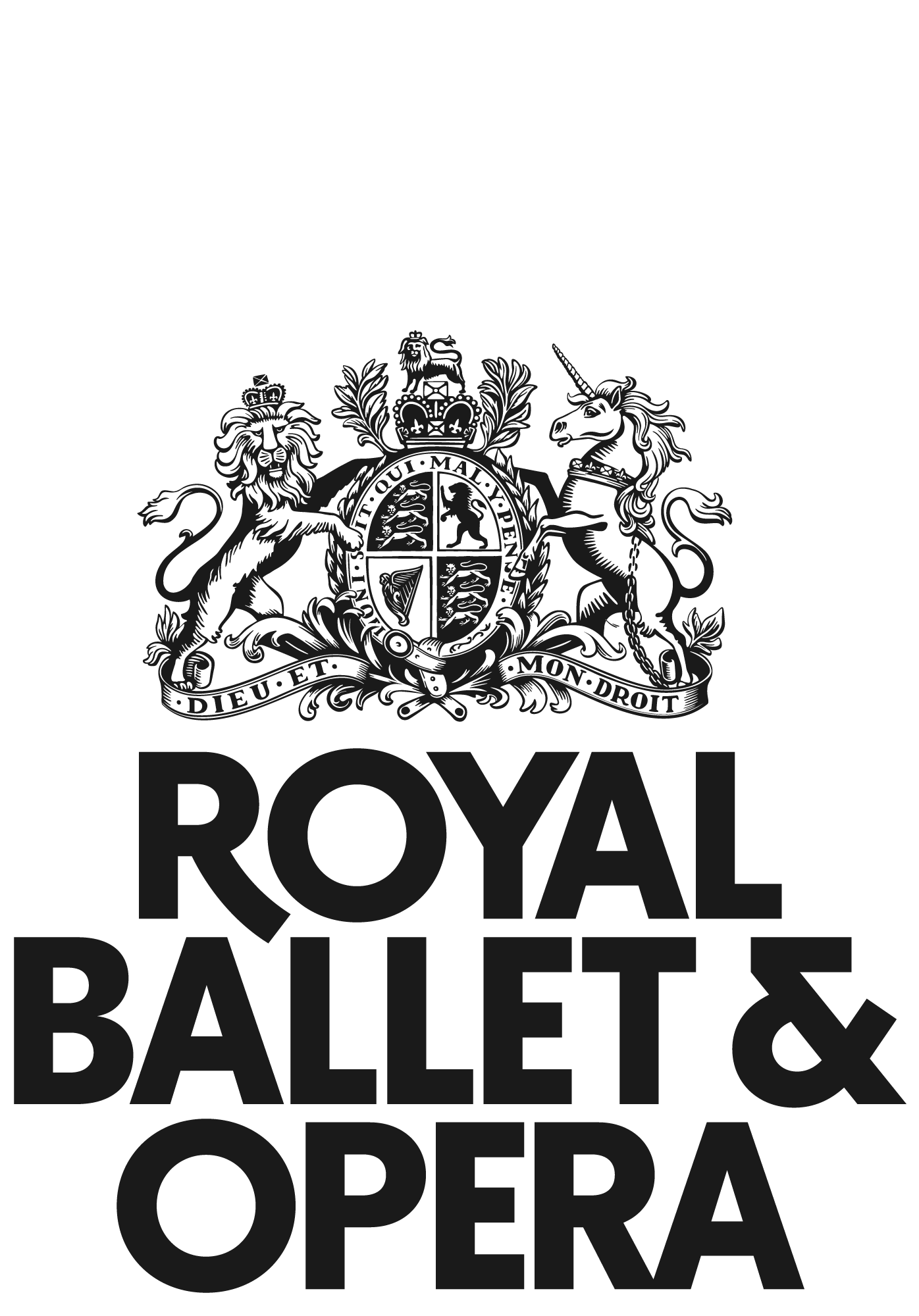Mayerling
Mayerling
Mayerling
When all-consuming passion becomes a royal scandal.

An intoxicating mix of dangerous desires, family secrets and political intrigue spirals into a royal disaster in Kenneth MacMillan’s psychologically thrilling ballet, inspired by real life events.
An intoxicating mix of dangerous desires, family secrets and political intrigue spirals into a royal disaster in Kenneth MacMillan’s psychologically thrilling ballet, inspired by real life events.
Royal Ballet and Opera Principal Julia Rausing Trust
John Burns CBE and Susan Burns OBE, Sir Lloyd and Lady Dorfman OBE, Doug and Ceri King, Ida Levine and the Royal Opera House Endowment Fund
Aud Jebsen
Desire and death

Crown Prince Rudolf is tormented by dark obsessions, fixated by the idea of his own death. He cannot find solace in friends and family, except for one person: the young and beautiful Baroness Mary Vetsera. She too, shares his morbid interests. Stifled by the oppressive conventions and pageantry of the Austro-Hungarian court, Rudolf and Mary start meeting in secret. As fervent desire combines with a fascination for death, what begins as a clandestine love affair hurtles towards tragedy.
Background
A masterpiece of storytelling
Kenneth MacMillan’s 1978 ballet draws upon the gripping real-life series of events surrounding the murder-suicide scandal of Crown Prince Rudolf and his mistress Mary Vetsera, also known as the ‘Mayerling incident’ or the ‘Mayerling affair’. A signature of The Royal Ballet repertory, Mayerling has all the hallmarks of a MacMillan ballet. Ensemble scenes show off the Company at its dramatic finest, while the lead roles – portraying the searing inners depths of the human psyche – offer abundant interpretative opportunities for the Company’s Principals.
Tragic and transcendent music
Conductor and arranger John Lanchbery ‘at once thought of Franz Liszt’ when MacMillan enlisted his help to create a score for Mayerling. Liszt, a Hungarian composer, hailed from the same period and geographical area as the protagonists in the Mayerling incident. His music too, abounds in elements of drama and melodrama – much like the story of Mayerling that MacMillan wanted to portray. To Lanchbery, Liszt proved to be the natural choice as a source for the score. Some of Liszt’s works in Lanchbery’s arrangement include his Faust Symphony, his Mephisto Waltz No. 1 and his Transcendental Etudes.
Cast and Creatives
Cast
The cast of this production may vary depending on performance date. Go to cast and dates to see these.
Creatives
Reviews

Access
There is lift access and step-free routes to over 100 seats in the Stalls Circle, Balcony and Amphitheatre. There are 10 steps or fewer to some seats in the Stalls Circle, Balcony, Amphitheatre and the Donald Gordon Grand Tier. All seats in the Orchestra stalls are accessed by 9 steps or more. A handheld bell is rung by Front of House staff to signal guests to take their seats before a performance. The bell is loud and can be startling. The bell is rung approximately ten minutes before the show starts and at each interval.
We have an assistive listening system available to use.
Upcoming accessible performances:
There will be an Audio Described performance with a Touch Tour on 2 April and 25 April 2026. Touch Tours must be booked by contacting boxoffice@roh.org.uk for tickets.
Join our Access Scheme for priority access performance tickets and to personalise your account for your access requirements.
See our Accessibility page for more information on access at the Royal Opera House.

Pointe Shoe Appeal
Every season, The Royal Ballet dance through more than 6,000 pairs of pointe shoes—but that’s just the starts of what our dancers wear throughout the year.
With shoes in every style and colour, our footwear team works year-round to ensure that every dancer has the perfect fit, allowing them to step confidently onto the stage night after night. Help them perform to the best of their ability by making a donation to our Pointe Shoe Appeal.
For people, not profit. Making world class ballet and opera for everyone.
Royal Opera House Covent Garden Foundation, a charitable company limited by guarantee incorporated in England and Wales (Company number 480523) Charity Registered (Number 211775)
